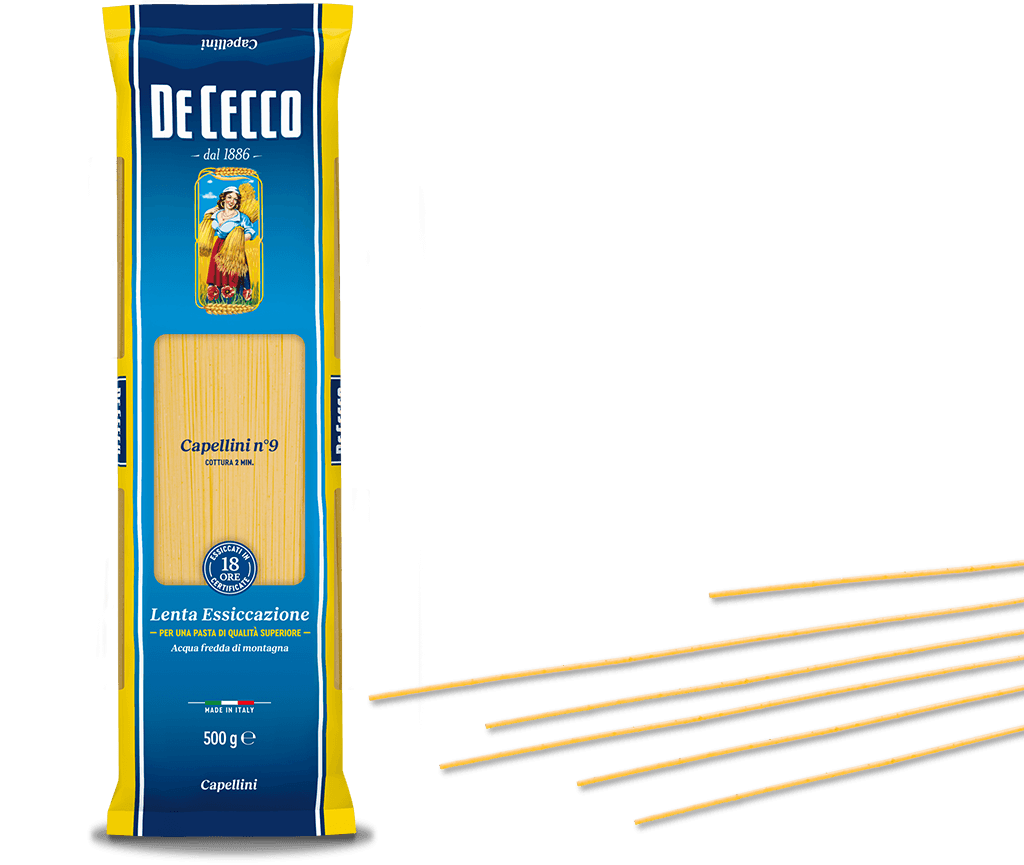Penne Lisce n° 40
Penne Lisce are part of the short, diagonal cut, smooth pasta family and are one of the most well-known type of pasta, as well as being the most versatile for cooking.
The lack of ridges is compensated for by a surprising softness which makes it exceptionally delicate on the palate. It is a delicate and sophisticated pasta which brings out the best in aromas, flavours and fragrance.
In Italian, the term "Penne" refers to the goose feather which was used historically to write with and was cut on a diagonal to achieve a really thin tip. The shape, obtained from a pasta tube, can be smooth or ridged, of varying length and has the typical diagonal cut of a quill.
Penne are one of the few types of pasta for which there is an exact date when it was created. Indeed, in 1865, a pasta-maker from San Martino d'Albaro (Genoa), Giovanni Battista Capurro, requested and obtained a patent for a diagonal cutting machine. The patent was important because it meant the fresh pasta could be cut like a quill without crushing it and in different lengths from 3 to 5 centimetres (mezze "half" penne or penne). The document preserved in the Central Archive of the State of Rome reads: "Up until now, a diagonal cut could only be made by hand with a pair of scissors which, in addition to being slow and time-consuming, also resulted in an irregular cut which flattened the pasta".
The ideal condiments for Penne Lisce are any kind of meat sauce: pork, beef, sausage, slow-cooked or braised, or meat and mushrooms. This pasta is equally as good with vegetable based sauces and more in general, due to its versatility, for any recipe from the Mediterranean tradition, such as the classic condiment with tomato, basil, extra virgin olive oil and a sprinkling of parmesan. A classic combination is with Arrabbiata sauce.
Available in 500g or 3 Kg packs.
- Cooking time: 11 min - Al dente: 9 min
Our method
Attention, care, experience, quality at every stage: from our mill to your table.
Capellini n° 9






